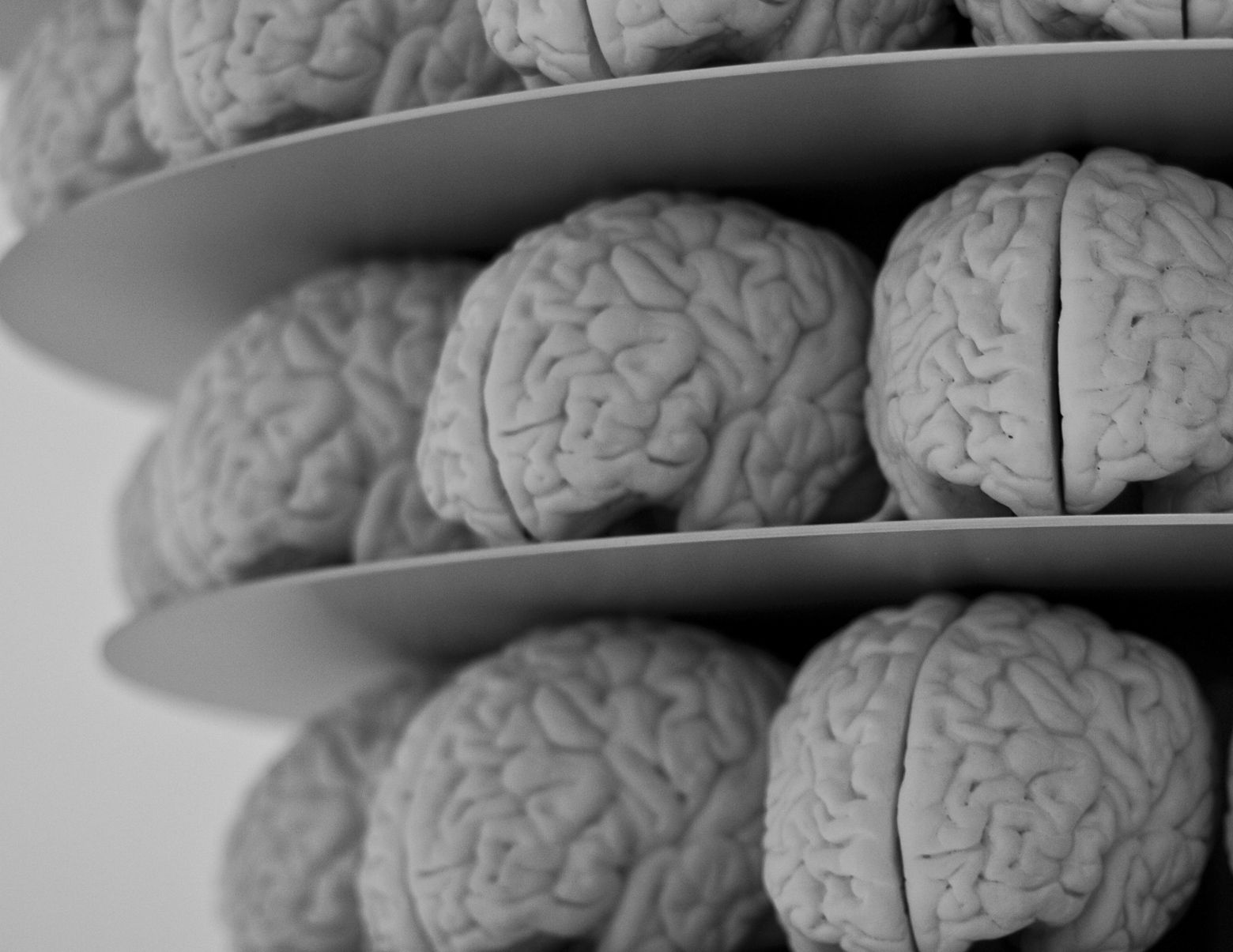That title though… https://ascienceenthusiast.com/nasa-plans-probe-uranus-search-gas/
A group at NASA has taken aim at Uranus and Neptune in search of gas, heavy metals, and to understand more about the planets’ atmospheres.

That title though… https://ascienceenthusiast.com/nasa-plans-probe-uranus-search-gas/
A group at NASA has taken aim at Uranus and Neptune in search of gas, heavy metals, and to understand more about the planets’ atmospheres.
Forget your car, this is awesome, via Jet Capsule.
Good thing there are no traffic cameras in space! The #ParkerSolarProbe spacecraft reached a top speed of 213,200 miles per hour relative to the Sun during its first close approach to our closest star, setting a new record for spacecraft speed.☀️Learn more from NASA Sun Science about this mission of solar discovery: https://go.nasa.gov/2FgIky6


Polish astronomers just discovered two new planets in our galaxy. That’s cool news on its own, but these planets are different from most. Unlike almost all known planets, New Scientist reports, these two planets don’t orbit a star.
Instead, they drift aimlessly through the cold, dead void of space — and presumably spend their time writing angsty poetry.

Astronaut Serena Auñón-Chancellor planted ‘Red Russian’ kale and ‘Dragoon’ lettuce in a special garden last month and if all goes well, they will be ready to enjoy for Thanksgiving! Dig in: https://go.nasa.gov/2F45vvj



Samsung TVs are already some of the most popular options for high-end home theater systems, and the company is now using its television-making prowess to help people with disabilities live more normal lives. A new project by a Samsung team in Switzerland could yield the first smart TV that can be controlled with thoughts.
As CNET reports, Samsung has partnered with Swiss scientists to bring the system to life. Called ‘Project Pontis,’ the ultimate goal is to build a brain/software interface that will allow individuals with movement disabilities to control television features like channel switching and volume control with their brains rather than their bodies.
The technology could reduce the damage done by GPS satellite failures or jamming efforts.